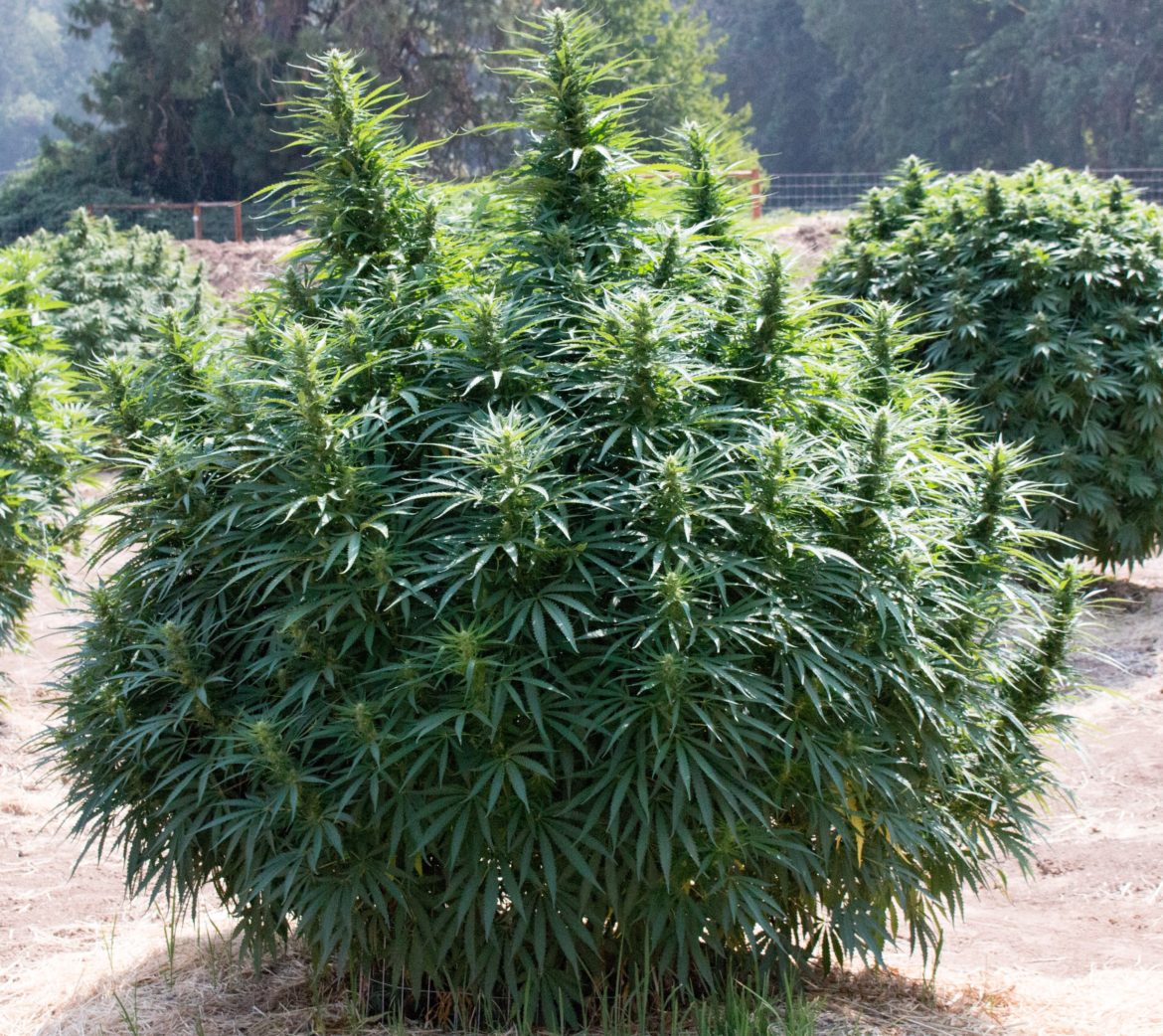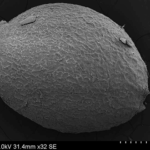The greatest hashish-producing region in the world, both in terms of quantity and quality, was once Central Asia. This is where the innovation of dry-sieving hashish most likely originated, in Turkestan, a tract that stretches more than two thousand miles from the deserts of Xinjiang in Northwest China to the eastern shore of the Caspian. In its nineteenth-century hashish heyday, Turkestan’s ancient Silk Road centres such as Bukhara, Balkh, and Yengisar were renowned for the fine quality of their Cannabis resin. At the time, Xinjiang, known also as Chinese Turkestan, was widely believed to be the world’s largest hashish exporter.
On his 1924 expedition to Turkestan and Afghanistan, the Russian botanist and Cannabis expert Nikolai Vavilov observed that the landraces cultivated for hashish in Afghanistan were “evidently brought from Central Asia.” These strains were large-leaved and heavily branched from their base up, a morphology that Vavilov regarded as typically Turkestani. According to Vavilov, cultivation in 1920s Afghanistan was mainly found in the north, notably in Herat and Turkestan provinces, near Kabul and Charikar, and around Faizabad in Badakshan, though he also reported some production further south, around Achin and Kandahar. According to Vavilov, the Afghan landraces of this era were all “directly related” to Central Asian Cannabis. Crucially, their leaves were large due to the length of their leaflets, which were long, not broad.
[Edit: Please see the new study by McPartland and Small for accurate details on the morphology of Vavilov’s Afghan landrace accessions. It seems many accesssions in fact exhibited Indica-type leaves. (18/04/2020)]






